Life in a motorized RV is like a condensed version of life at home. It’s basically life as usual—except, of course, for the fact that, well, your house now has a motor.
Ah, yes, the motor. Depending on whom you ask, it’s the very source of the motorhome’s undeniable appeal. But which one is right for you? In this guide we will look at all of the different classes of RV—their specifications, price, and which ones fit which needs.
Contents
1. Class A Motorhomes
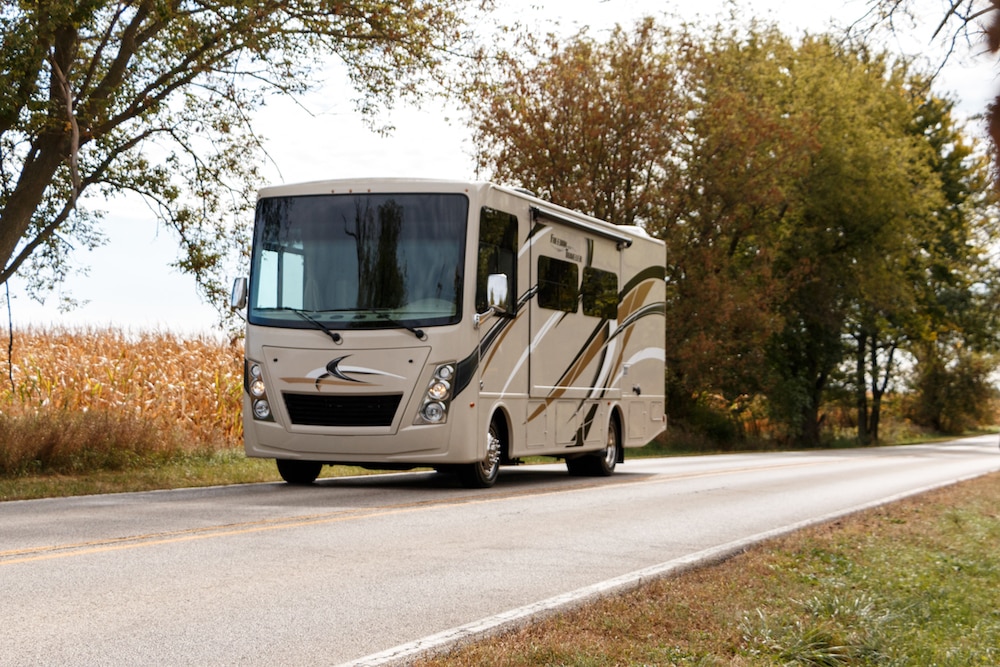
Class A motorhomes can exceed 40 feet in length and offer the full range of comforts and amenities. (Courtesy of Winnebago Industries)
Up to four slide-out rooms may be equipped on today’s Class A motorhomes, as is the case with this one. (Courtesy of Winnebago Industries)
What Is It?
Class As are built on a specially designed chassis or existing chassis from manufacturers such as Ford, Workhorse, and Spartan. Engines may be either gas or diesel. Wide-body models are fairly common and boast an extra-wide interior space. Basement models deliver lots of storage between the chassis and the floor of the interior.
Mom and Dad are happy in their private master bedroom with queen-size bed. Other couples might share the sleeper/sofa and/or convertible dinette table and bench seats. Reclining chairs sometimes deploy into impromptu sleeping areas, often with mixed results. As always, numerous sleeping options are available, including bunk beds and double beds, and other furnishings that might work in a pinch. Larger coaches are well suited for 6 to 8 passengers, and 10 is not out of the question.
Lots of living space makes larger motorhomes the most popular motorized RV in the marketplace. Nearly every model is offered in at least one living room slide-out floorplan. Two and three slide-outs may expand the kitchen, bedroom, and main living area. A quadruple slide-out model opens up the space dramatically.
Standard Specifications for a Typical Class A Motorhome
| Self-Containment Features | Gallons |
|---|---|
| Fuel tank | 75 to 200 |
| Fresh water storage system | 50 to 125 |
| Gray water holding tank | 40 to 100 |
| Black water holding tank | 40 to 100 |
| LP gas container(s) | 20 to 50 |
| Water heater | 6 to 10 |
Price Tag
A Class A may start at $60,000 for a small, “entry-level” gasoline model and evolve into as luxurious and pricey RV as you desire. Fuel is the next major cost, as even the more fuel-efficient motorhomes might earn a dozen miles per gallon at best. A modest diesel engine may better that average by a few miles. A more expensive RV purchase such as this also necessitates a larger insurance premium, storage costs (if necessary), and repairs. Unlike your serviceable everyday vehicle, routine maintenance in the form of oil changes, tire service, and basic troubleshooting can only be performed by an RV service center, with facilities adept at handling the big rigs.
2. Class B Motorhomes
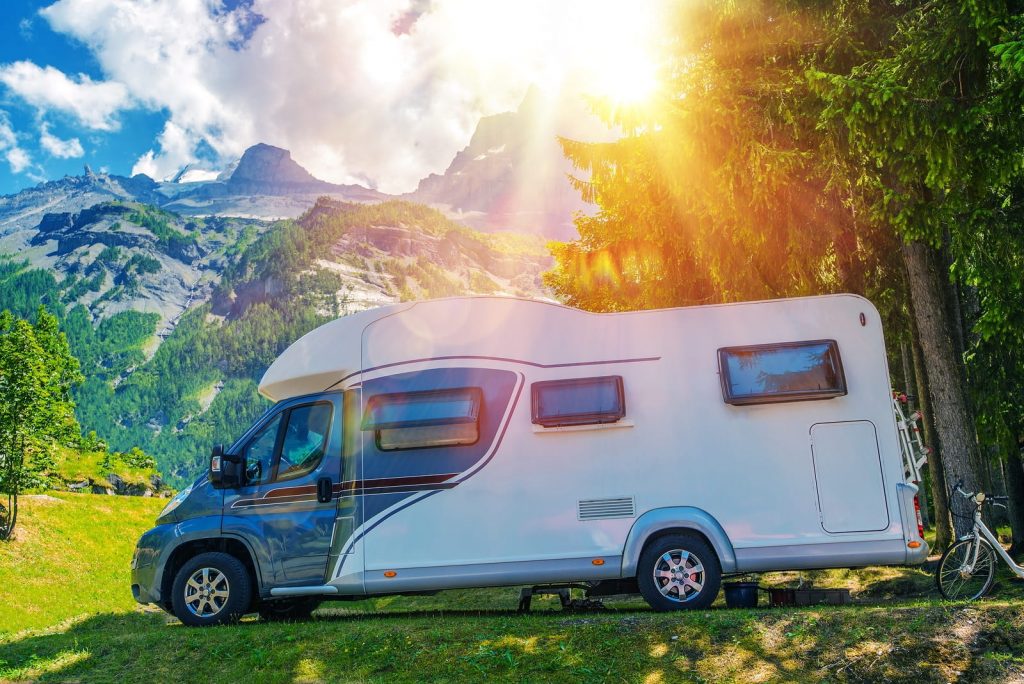
A Class B motorhome doubles as a highly functional everyday vehicle when not in use as a vacation machine. (Courtesy of Home & Park)
Also known as camper vans, most Class B motorhomes typically feature couch bedding, a modest-size galley, communal living space, and a small bathroom. (Courtesy of Home & Park)
What Is It?
Despite their sometimes everyday looks, Class Bs are card-carrying members of the recreational vehicle community. Underneath lies the same chassis as normal vans, with engines from such familiar names as Dodge, GM, and Ford. The cockpit area is virtually the same, too. But after that, all bets are off.
The conventional seating is removed in favor of a convertible or queen-size bed, small kitchen, bathroom, shower, and storage space. A drop floor might be installed and the rooftop extended to provide adequate standing room. Interior heights vary from five feet, five inches to nearly seven feet. Wide-body designs are common. The same holding tanks, electrical functions, and fresh water system that make an RV, well, an RV, are all present.
Depending on the size of each passenger, most vans can sleep two people reasonably well. Four people is possible, depending on the model and floorplan. Bedding comes in many forms. The wrap-around sofa might pull out to make a double or two twin beds, or a queen-size mattress might sit unaltered in the back of the vehicle. In some cases, chairs lay completely horizontally, creating a usable night’s sleep for the junior members of the crew.
Again, floorplans vary, but every camper van has a place for the family to talk, play games, and dine together. Spend nights watching TV or a movie on the DVD/VCR (usually listed as an option). A forced-air furnace and air conditioning keep you comfortable in variant temperatures. An optional generator keeps things going when shoreline power is out of reach.
Standard Specifications for a Typical Class B Motorhome
| Self-Containment Features | Gallons |
|---|---|
| Fuel tank | 25 to 35 |
| Fresh water storage | 15 to 35 |
| Gray water holding tank | 12 to 30 |
| Black water holding tank | 10 to 20 |
| LP gas container(s) | 5 to 30 |
| Water heater | 6 to 10 |
Price Tag
Camper vans aren’t cheap, especially when you consider that some larger motorhomes offer much more livable space and amenities for less money. Prices range from approximately $40,000 to $100,000.
Expect gas mileage to drift between 12 to 25mpg. If you plan on storing your van for the winter, your garage should work, saving you several months’ rent at a dealership or storage facility. Insurance is similar to the cost of your everyday vehicles, with adjustments made for type of usage.
3. Class C Motorhomes
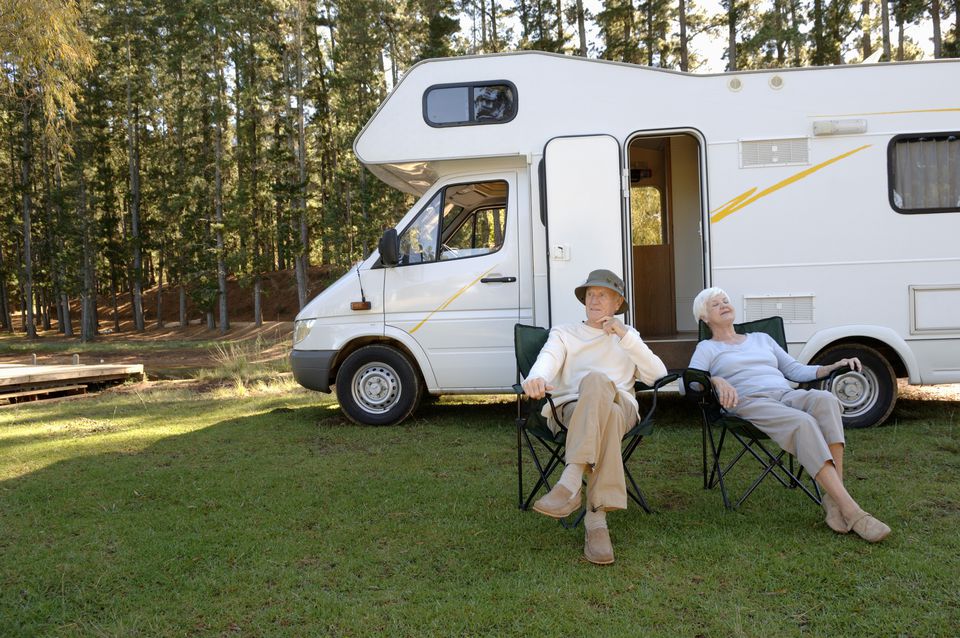
A Class C motorhome has many of the same features of a larger Class A only in a smaller, more maneuverable package. (Courtesy of Fleetwood RV)
A typical Class C floor plan, complete with rear bedroom and choice of either a cabover sleeping area or entertainment center. (Courtesy of Fleetwood RV)
What Is It?
Mini-motorhomes start with the same basic van chassis as a Class B, nearly always courtesy of Dodge, Ford, or General Motors. However, a specially manufactured frame is then added, giving them a unique profile. Slide-outs are common, and some vehicles are beginning to affix up to three of them onboard. Diesel engines and four-wheel drive models also are available.
The rear private bedroom paired with a sleeping nook over the cab remains the best way to cram in the most passengers. Throw in a sleeper sofa and/or convertible dinette table and bench seats, and sleeping for six is a breeze. However, in recent years, Class C manufacturers loosened up and started creating more radical layouts. Wander into the back of some models and you might be greeted by the smell of bacon and eggs from a stocked kitchen, splitting the rear portion of the coach with a bathroom and shower.
The living room, often the benefactor of a slide-out room or two, usually delivers a dinette and sofa (J-shaped sofas are popular) to enlist plenty of space to gather. A color television, DVD/VCR, stereo with multiple speakers, and cable TV and phone jacks are standard or available as relatively painless upgrades. All temperature controls (furnace and air conditioning) are present to keep you cool in summer, warm when temperatures plummet.
Standard Specifications for a Typical Class C Motorhome
| Self-Containment Features | Gallons |
|---|---|
| Fuel tank | 40 to 55 |
| Fresh water storage | 30 to 60 |
| Gray water holding tank | 20 to 40 |
| Black water holding tank | 20 to 50 |
| LP gas container(s) | 7 to 40 |
| Water heater | 6 to 10 |
Price Tag
With a starting price of around $50,000, you, the kids, and the cat (and her scratching post) can travel, sleep, and eat your way across the nation. Larger and more expansive models might reach $85,000.
A few smaller, lower profile models might just tuck away nicely in your garage, thus eliminating the need for offsite storage expense. Insurance is a factor, probably somewhere between a Class A and a Class B motorhome, although routine maintenance should be relatively reasonable. Because your Class C started with a van chassis, larger repair shops should be able to handle many maintenance concerns.
Gas mileage is just okay. Large models feast on fuel; smaller versions may deliver up to 20 miles per gallon with a strong tail wind.
There are a lot of considerations when buying an RV or motorhome, so make sure you have all of the information and choose wisely. Have fun, and happy RVing!
Last Updated on September 6, 2019
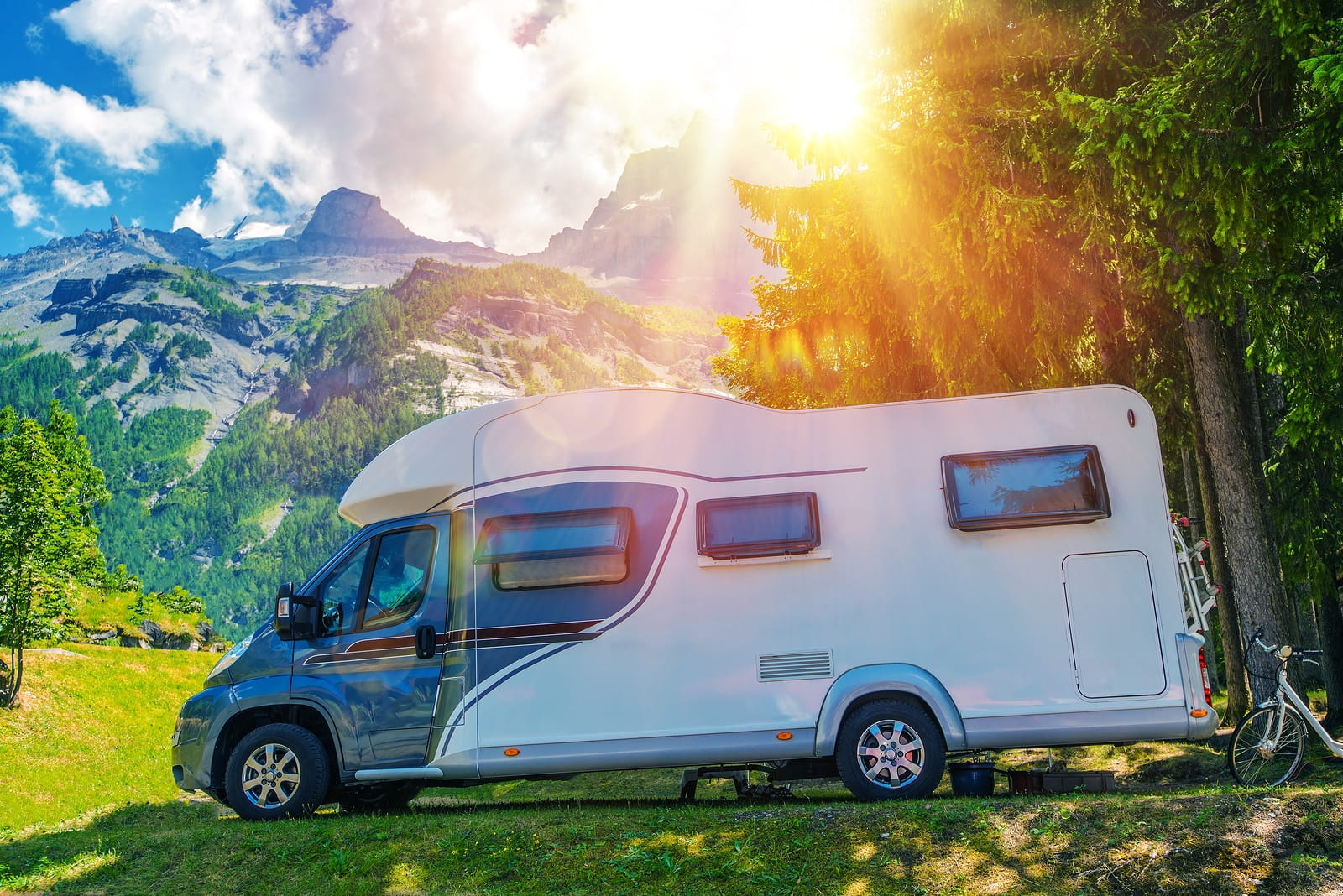
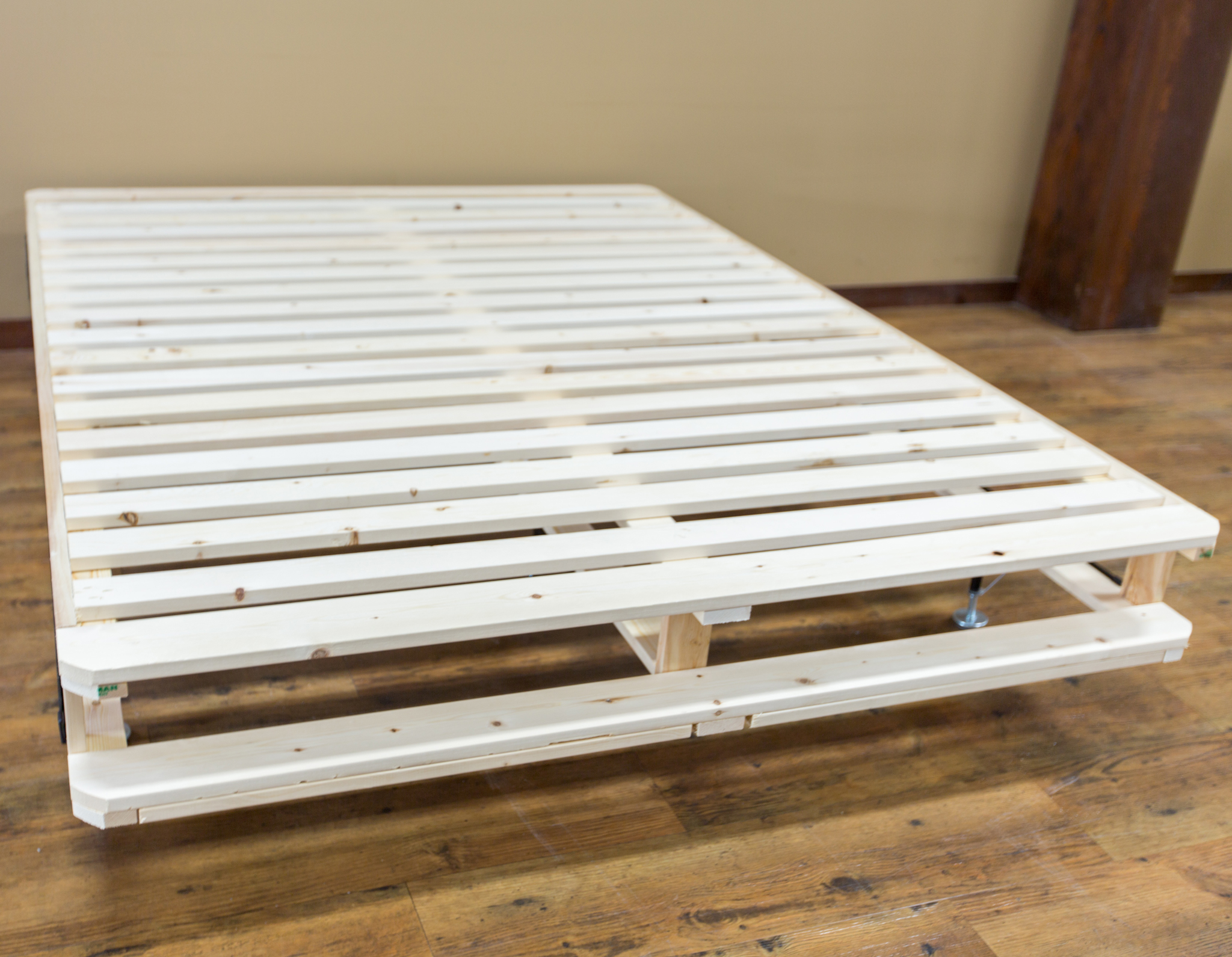
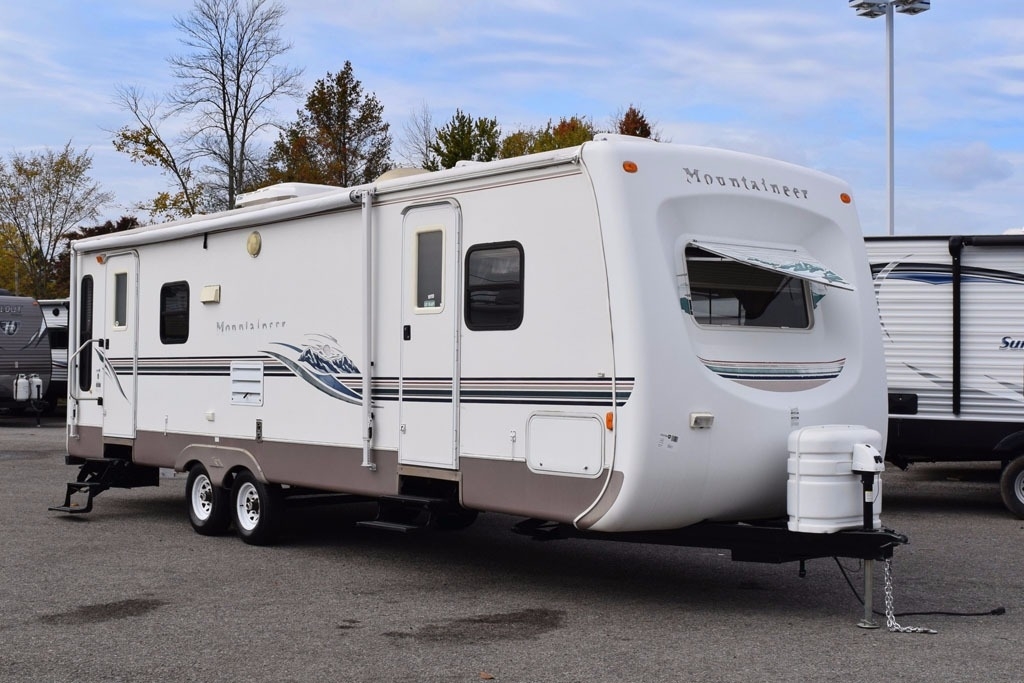
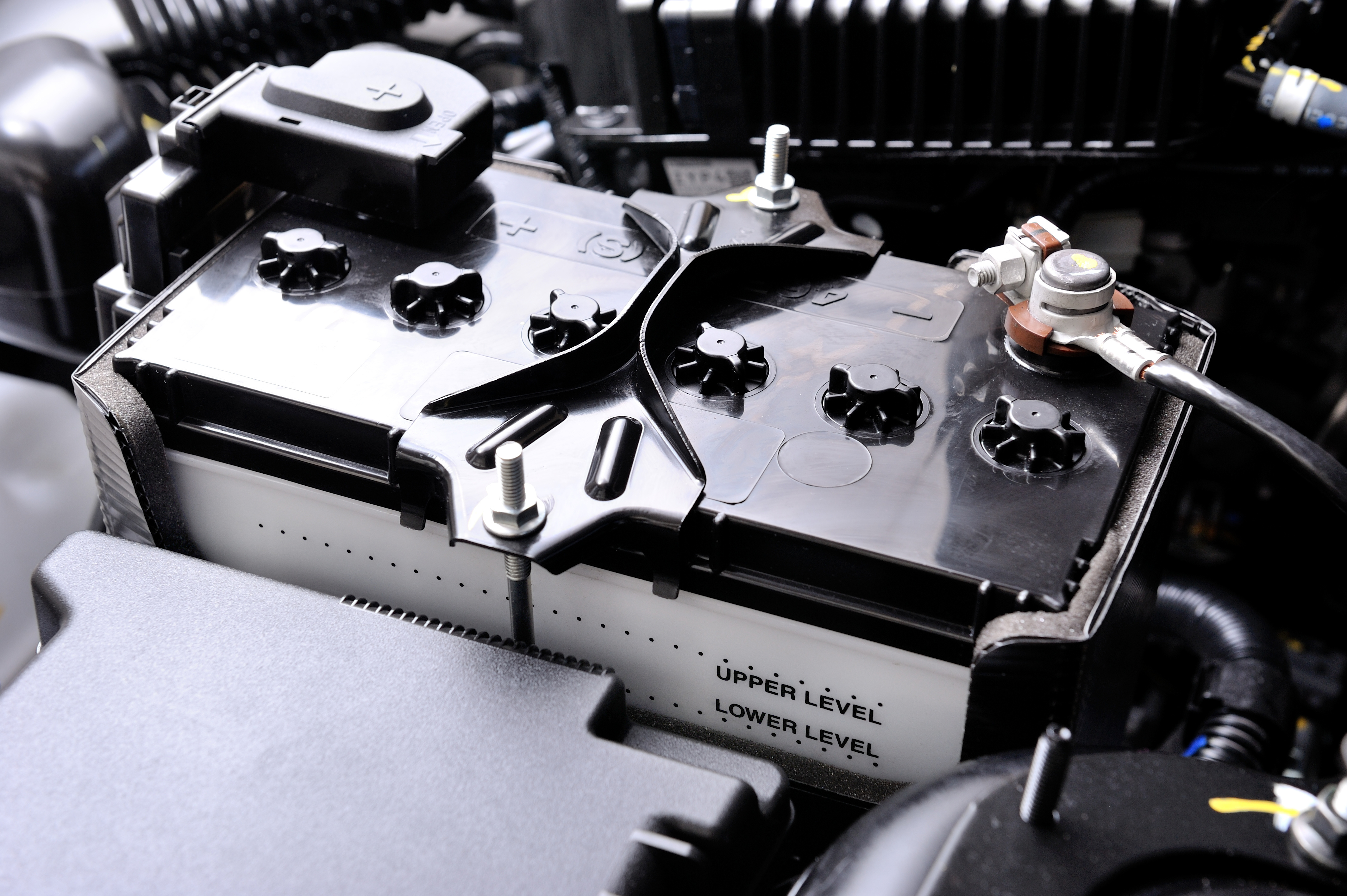
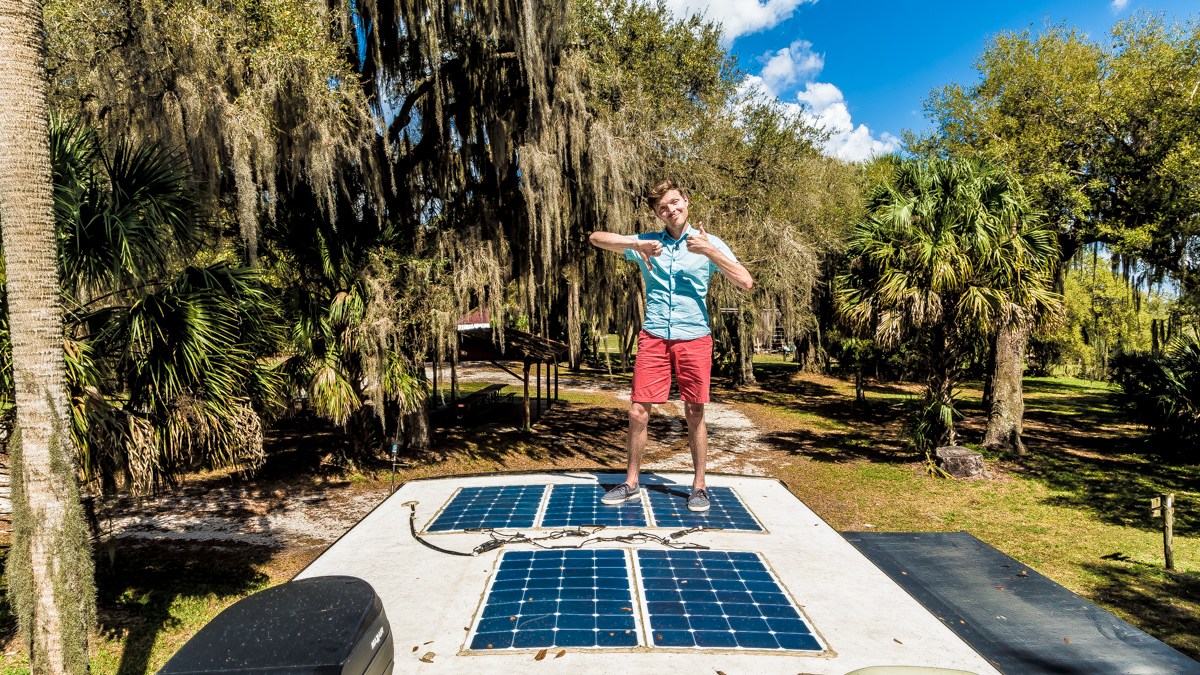
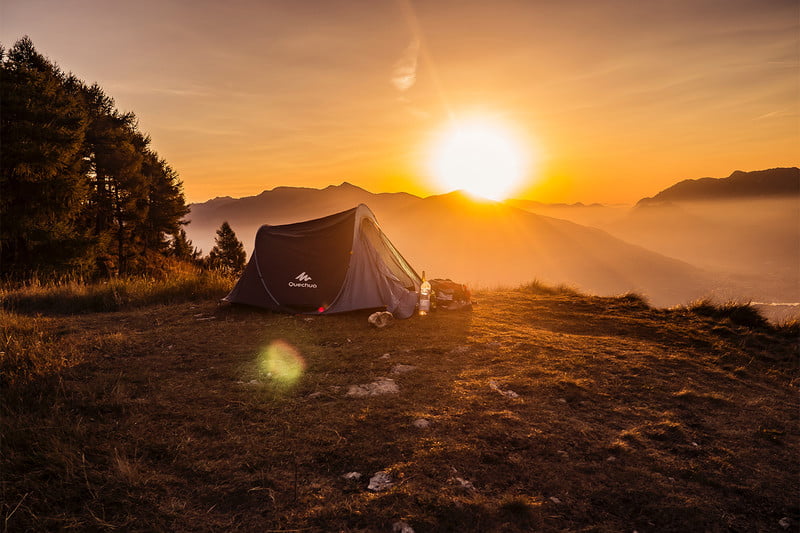
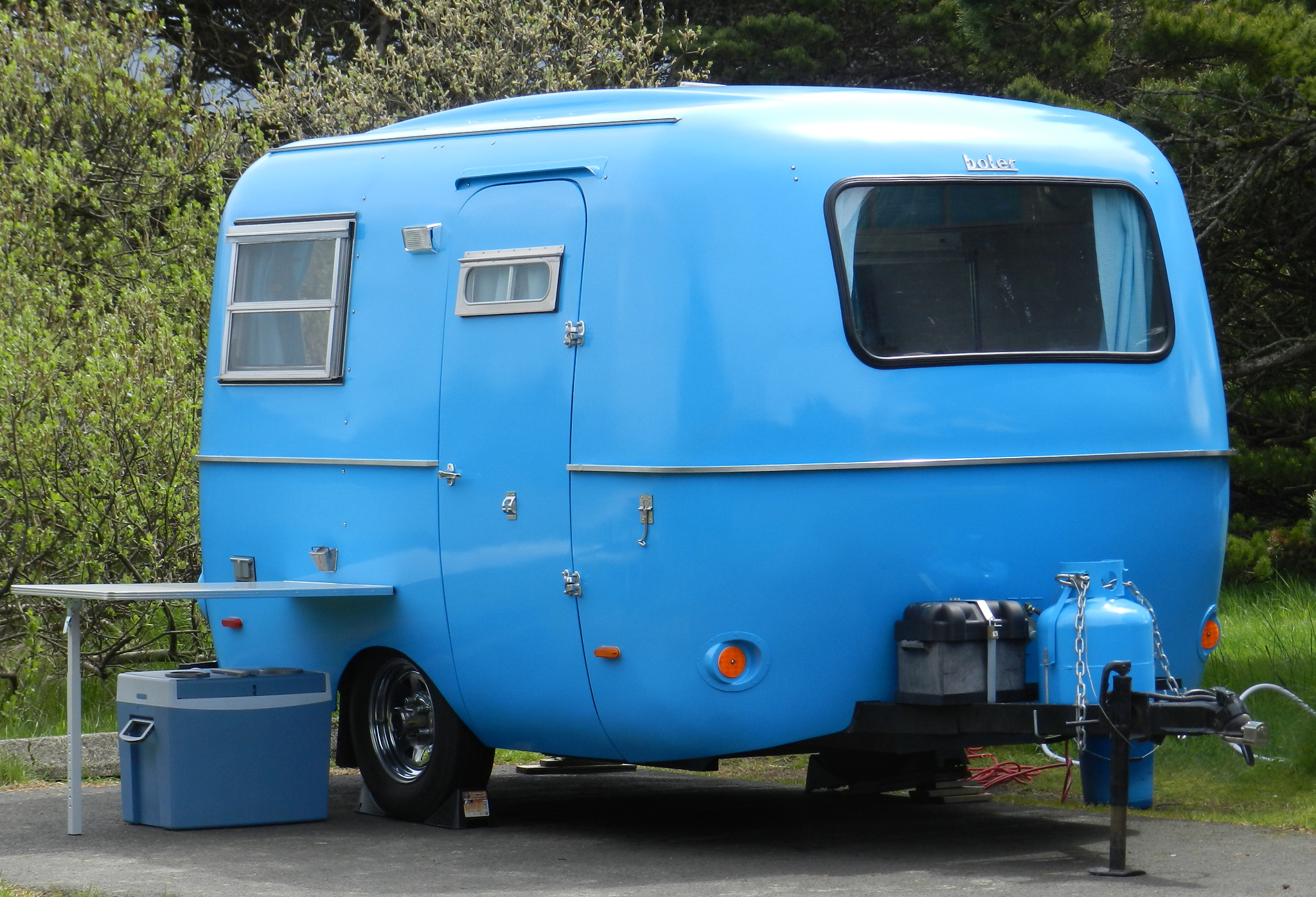
I like to receive more of your good work.